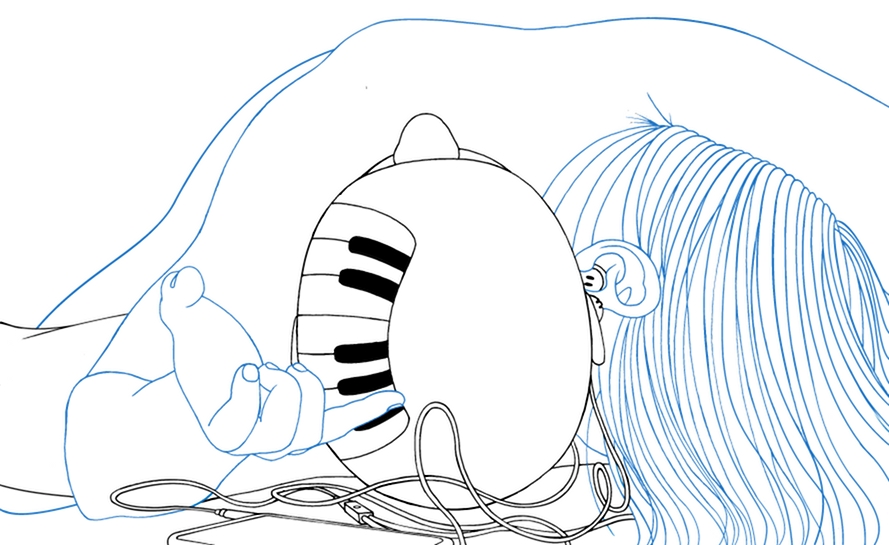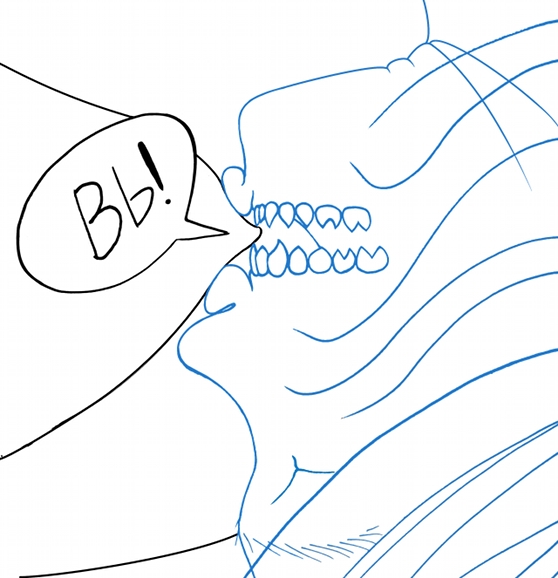
This work is licensed under a Creative Commons Attribution-NonCommercial 4.0 International License.
X. Vocal vibrations
These directions may be independent of stop and start commands, the memory commands, and multiple action speed adjustment commands. When the OW's pinky is laid against the RE's head on the side where the two different joint creases of the fingernail and fingerprint side are most shallow, so points all along the length of the finger are applying uniform pressure to the scalp, this may command the RE to exhale with a hum while their teeth would be against the OW, transferring a vibration. When the OW's finger stops this pressure, the humming stops. This command would stop all suction while pinky pressure is applied.


The range or keys for reference may be communicated as some speakers may have the protective layer on the front of them removed, exposing the part of them that vibrate the most; the series of round parts on some old boomboxes that would play CD's. The RE would place their fingers on one speaker, the OW would place their left hand fingers on the other speaker. Both speakers would be a part of the same stereo system. The OW may place their lips on any part of the RE's body that works for both of them. As a melody is played through the speakers, the OW may hum this melody against the RE's skin, and the RE's head may be used like the face of a guitar neck to communicate where different notes would be commanded. A demonstration of understanding and memory could be made if the RE and OW switched roles, and the music would be turned off.
The lip commands may still be applied as the RE's teeth vibrate, so those jaws may clamp the right parts of the OW's flesh with the right pressure. Such pressure may be strong enough not to dampen the vibration, but weak enough not to damage the tissue and allow a healthy circulation.
VIII. Harmonious and holistic speed adjustment
IX. Recording and recalling memory

This work is licensed under a Creative Commons Attribution-NonCommercial 4.0 International License.